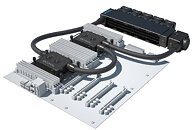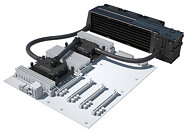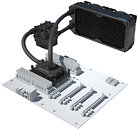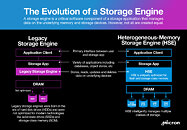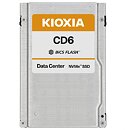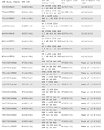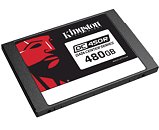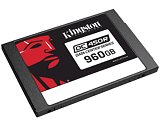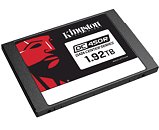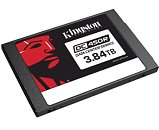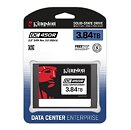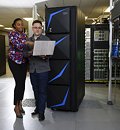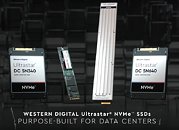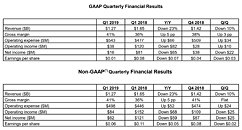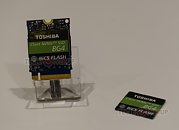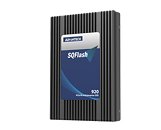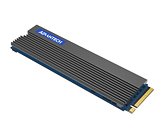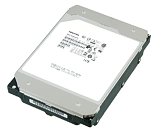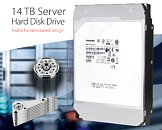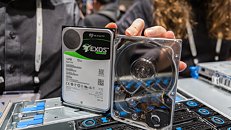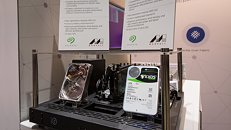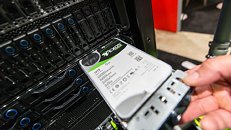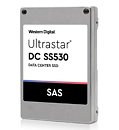
Western Digital Finally Launches Ultrastar DC HC550 18 TB Drives With EAMR for Enterprise
Western Digital had already announced the Ultrastar DC HC550 drives back in late 2019, but only now have they actually been released for sale. The new drives make use of CMR (Conventional Magnetic Recording), where data is stored in parallel tracks that increase rewriting proficiency of the drives compared to SMR (Shingled Magnetic Recording, in which data tracks are overlapped for higher data density). In addition to CMR, Western Digital is employing some form of energy assistance (the EA in EAMR), though the company hasn't slipped many technical details on what kind of energy assistance is actually employed.
The drives are available in either SATA or SAS connections, with a data density of up to 1,022 gigabits per square inch in these 18 TB drives. Nine platters are employed, with speeds rated at 270 MB/s at 7,200 RPM. A 512 MB cache helps increase overall data speeds, and WD is offering their usual 5-year warranty with continuous operation and 550 TBW per year ratings. Street pricing for these Ultrastar DC HC550 18 TB drives seems to over around €630.
The drives are available in either SATA or SAS connections, with a data density of up to 1,022 gigabits per square inch in these 18 TB drives. Nine platters are employed, with speeds rated at 270 MB/s at 7,200 RPM. A 512 MB cache helps increase overall data speeds, and WD is offering their usual 5-year warranty with continuous operation and 550 TBW per year ratings. Street pricing for these Ultrastar DC HC550 18 TB drives seems to over around €630.


